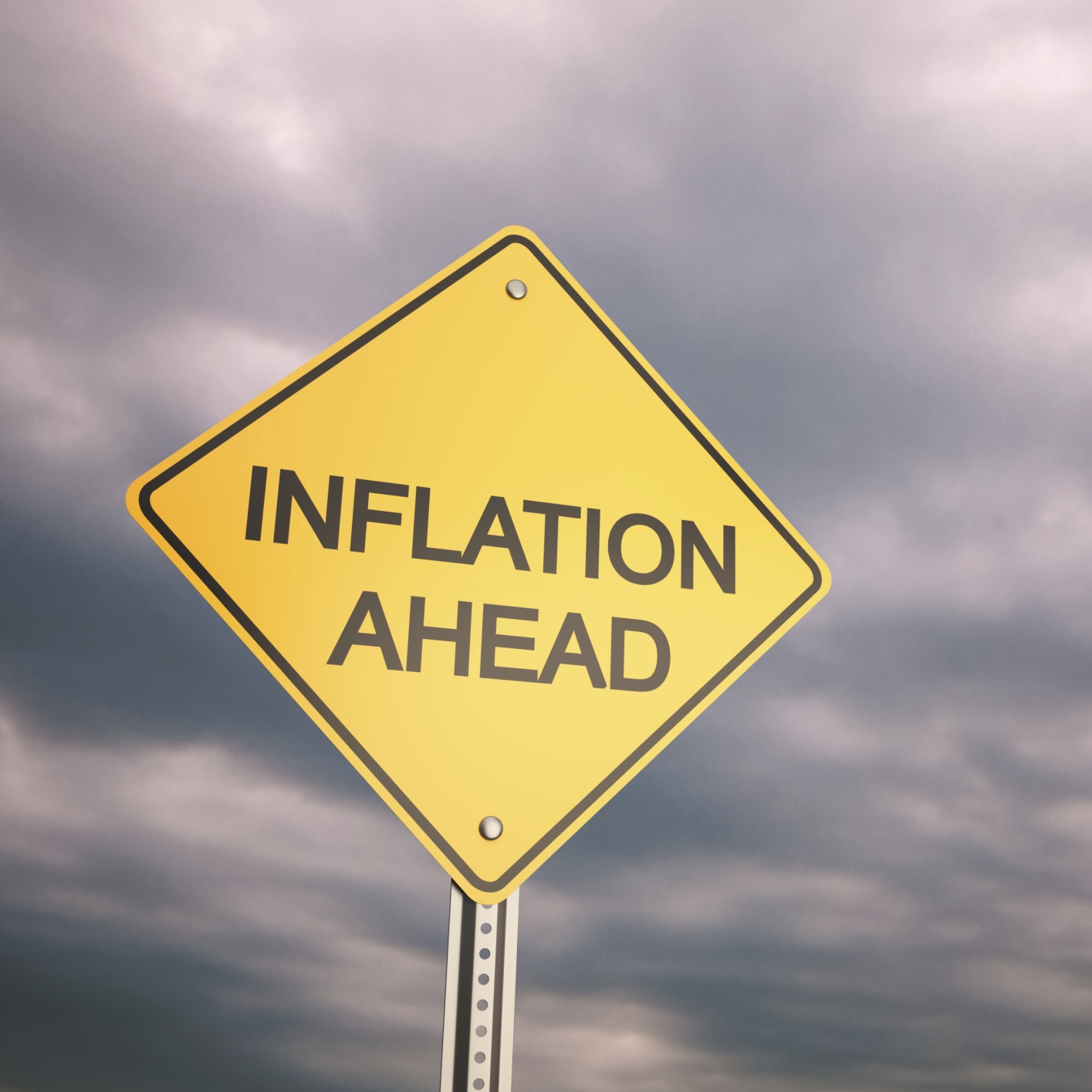Investing
Consumer Inflation Looking More Active Than Wholesale Inflation

Published:
Last Updated:

Sometimes there is big inflation in parts of the economy while other parts of the economy see no inflation at all. Much depends on what people spend their money on: renting, health insurance, food, gasoline or public transportation, and on and on. When the Department of Labor released its Producer Price Index (PPI) for final demand earlier in the week, there seemed a notion that the inflationary uptick was already abating.
Now a new report, also from the U.S. Department of Labor, on the Consumer Price index (CPI) is showing something that would keep Fed Chair Janet Yellen on track for a rate hike in December.
Consumer prices were up by 0.4% on the headline (all-index) reading on the monthly basis. Bloomberg was calling for a 0.4% gain, and the September CPI headline was up 0.3%. On a year-over-year basis, consumer prices were up 1.6%, and this getting ever closer to the 2.0% to 2.5% threshold that the Federal Reserve wants to see in an effort to justify interest rate hikes.
Where things get tricky in this report is on the core inflation, the CPI reading that excludes food and energy. This core CPI reading was up just 0.1% on the monthly reading versus September. Bloomberg was calling for a 0.2% gain, and this 0.1% was the same as in September.
When the Federal Reserve talks about inflation, the reality is that this is the annualized reporting basis rather than the monthly. And this this where the core CPI looks inflationary enough even for the Federal Reserve’s more dovish Fed heads to start talking up a rate hike. That core report was up by 2.1% in October, after having been up 2.2% in September.
What is happening here is that prices have been in a state of change and we are seeing enough jumps to raise eyebrows. A lot of this is tied directly to labor costs, which businesses eventually will have to pass on to keep acceptable gross margins.
There were gains in energy and in housing costs, and these figures have yet to show any of those huge reported boosts in health care costs that will take place next year. How this will pan out under a Trump presidency also will have to be a “wait and see” in 2017 and beyond. Food costs were more or less flat, and medical care costs showed a halt in their gains as well. Education, apparel and tobacco all rose too, while airline tickets were down 2.2% and recreation costs were down a minuscule 0.1%.
Yellen has been giving testimony throughout Thursday morning. The tone is that a rate hike is coming relatively soon, and this leaves the odds of a December rate hike well above 50%. In fact, the CME Group FedWatch Tool now has a 90.6% chance for the fed funds target range to be 0.50% to 0.75% on the December 14 FOMC meeting, versus 0.25% to 0.50% target range that has been in place since last December.
Want retirement to come a few years earlier than you’d planned? Or are you ready to retire now, but want an extra set of eyes on your finances?
Now you can speak with up to 3 financial experts in your area for FREE. By simply clicking here you can begin to match with financial professionals who can help you build your plan to retire early. And the best part? The first conversation with them is free.
Click here to match with up to 3 financial pros who would be excited to help you make financial decisions.
Thank you for reading! Have some feedback for us?
Contact the 24/7 Wall St. editorial team.